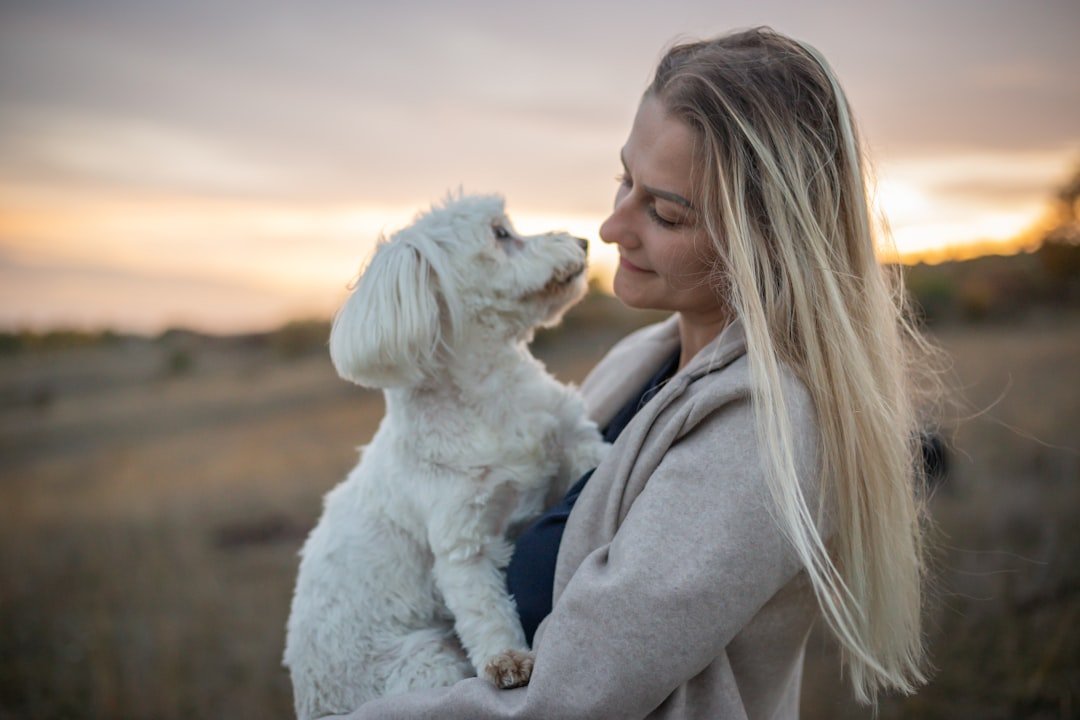Picture this: you’re settling into bed after a long day, pulling the covers up to your chin, when you feel it. That unmistakable sensation of being watched. You turn over and there they are – two soulful eyes fixed directly on you, unblinking and intense. Your dog hasn’t moved a muscle, but those eyes are tracking your every movement like a loving surveillance system.
If you’ve ever wondered why your four-legged companion seems to launch into staring contests right before bedtime, you’re not alone. This behavior is one of the most common puzzles dog owners face, and honestly, it’s both endearing and slightly unnerving at 2 AM. The good news? There are fascinating, scientifically-backed reasons behind those midnight gazes that reveal just how deep the bond between you and your pup really goes.
The Science Behind the Gaze
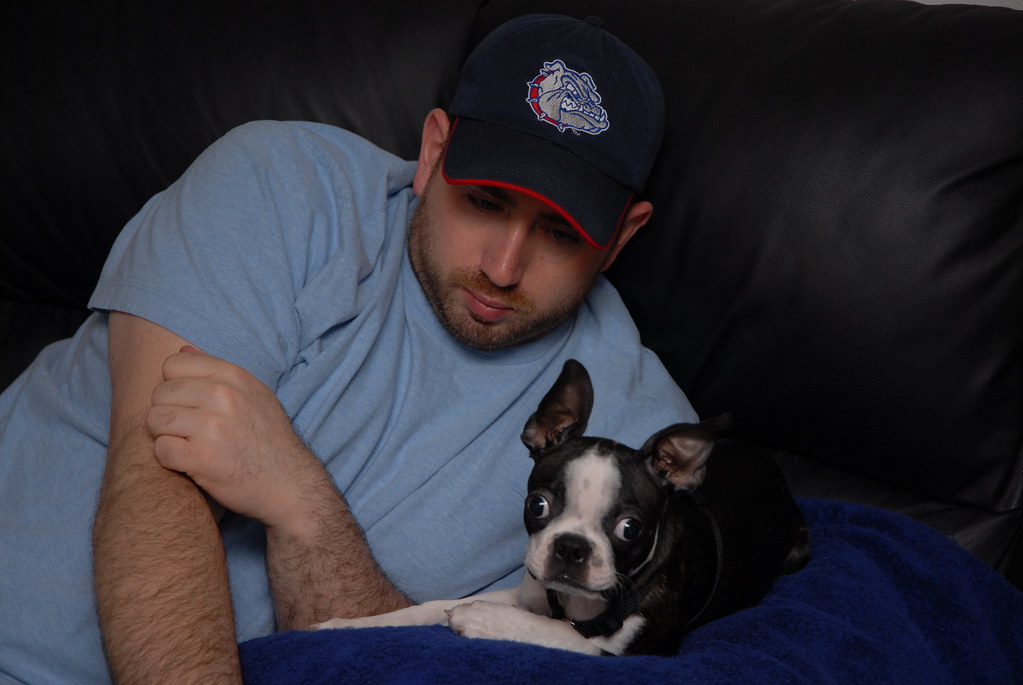
Research has revealed something remarkable about those loving looks between dogs and their humans – they actually trigger the release of oxytocin, creating a positive feedback loop similar to that between mothers and babies. When your dog stares at you before sleep, their brain is literally flooding with the same hormone that strengthens parent-child bonds.
Studies show that dogs and owners who engage in prolonged eye contact experience significant increases in oxytocin levels – dogs see a 130% rise while humans experience an even more dramatic 300% increase. This creates what scientists call a “self-perpetuating loop” where staring makes both of you feel more bonded, which encourages more staring.
The fascinating part is that dogs with strong attachment bonds to their owners actually sleep more restfully when near their human companions, showing lower stress levels and increased feelings of security. Those bedtime stares might be your dog’s way of ensuring they’ll have the most peaceful sleep possible.
Even wolves raised by humans don’t engage in this behavior, suggesting it evolved specifically during dog domestication as a way to hijack our parental instincts.
They’re Checking If You’re Really Asleep
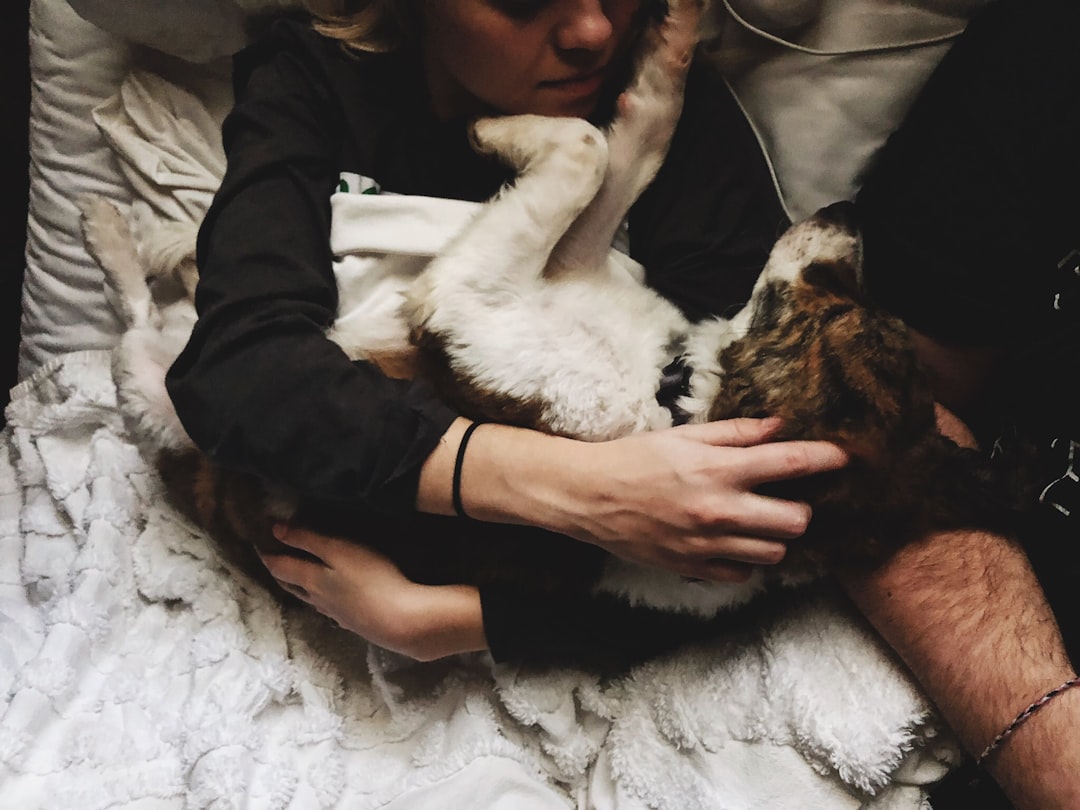
Most of the time, what appears to be your dog staring at you while you sleep is actually them responding to subtle movements or sounds you make as you begin to stir. Your pup isn’t necessarily watching you all night long like a furry security guard.
The most likely explanation is that you’ve stirred during your sleep and woken them up before you’ve fully awakened yourself, making it appear they were staring at you the entire time. Dogs are incredibly attuned to their owners’ movements and breathing patterns.
Older dogs especially will watch for reactions to movements you might make, looking for subtle signs that you might be waking up, or they may stare if you startle them by suddenly shifting or speaking in your sleep.
Think about it – your dog knows your routines better than you do. They’ve memorized the exact sequence of sounds and movements that signal you’re about to get up, and they’re simply being proactive about it.
Protective Instincts Kick In
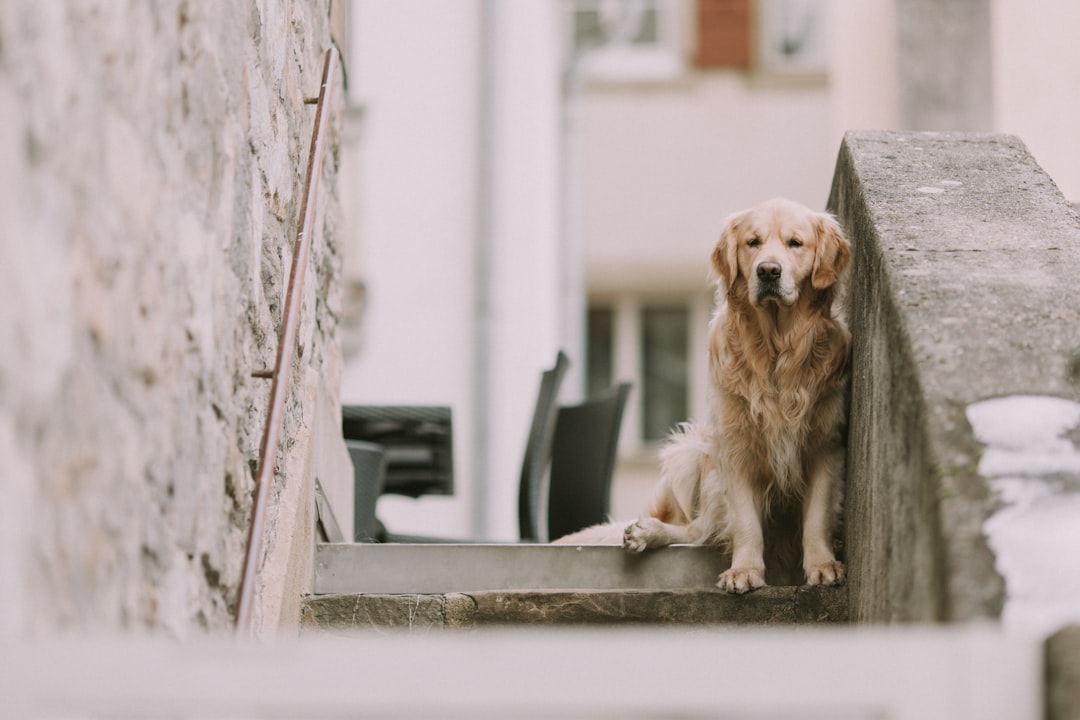
Dogs have a long genetic history of living in packs, where they instinctively look out for and protect each other by standing guard while the rest of the pack sleeps. When your dog stares at you before sleep, they might be channeling these ancient protective instincts.
Most dogs are naturally protective of their pack members and will keep a close eye on them when vulnerable, especially when sleeping, and if they hear strange noises outside, they become immediately alert to defend their home.
This protective behavior stems from their strong senses of smell and hearing, which make them very alert to their surroundings, and if they sense any danger, they’ll stare at their owner to ensure safety. This behavior is particularly pronounced in breeds with strong guarding instincts, such as German Shepherds and Rottweilers, who may feel a natural duty to watch over their human family during vulnerable moments.
Your bedroom might feel perfectly safe to you, but your dog is constantly monitoring for anything unusual – from unfamiliar sounds to changes in air pressure that might signal weather changes.
They Want Something From You

Sometimes your dog’s attentive gaze has a simple explanation – they need something, and this is especially common in the early morning hours when they’re anticipating breakfast or need to relieve themselves. That stare isn’t mysterious at all – it’s communication.
Dogs may stare when they want to play or when they’re hungry and trying to get your attention. When dogs stare, they’re trying to convey a message, sometimes seeking attention or affection, and other times communicating that they need something like food or water.
Your dog has learned that staring is an incredibly effective way to get what they want from you. Think about it – how often do you ignore that intense gaze? Probably never. They’ve trained you well, and they know that those puppy dog eyes are basically irresistible.
Many owners feed their dogs both in the evening and morning, so if your dog tends to be walked or played with in the morning, they may just be waiting in anticipation.
Separation Anxiety and Over-Attachment

If your dog follows you everywhere and stares constantly to ask for attention, they may be experiencing separation anxiety, which can lead to destructive behavior and negatively affect their physical health. This type of staring often comes with other concerning behaviors.
Sometimes a dog’s staring behavior can indicate problems such as aggression, separation anxiety, or over-attachment, and it’s important to look for other accompanying signs. While staring can signal healthy attachment, it may also indicate issues that need addressing for a healthy relationship with your dog.
This behavior can become problematic if it becomes obsessive and starts happening every night, potentially requiring more training and setting boundaries, even if it means keeping your dog out of your room temporarily.
Dogs with separation anxiety often exhibit clingy behavior throughout the day, not just at bedtime. They might follow you from room to room, become distressed when you leave, or show destructive behaviors when alone.
Reading the Warning Signs
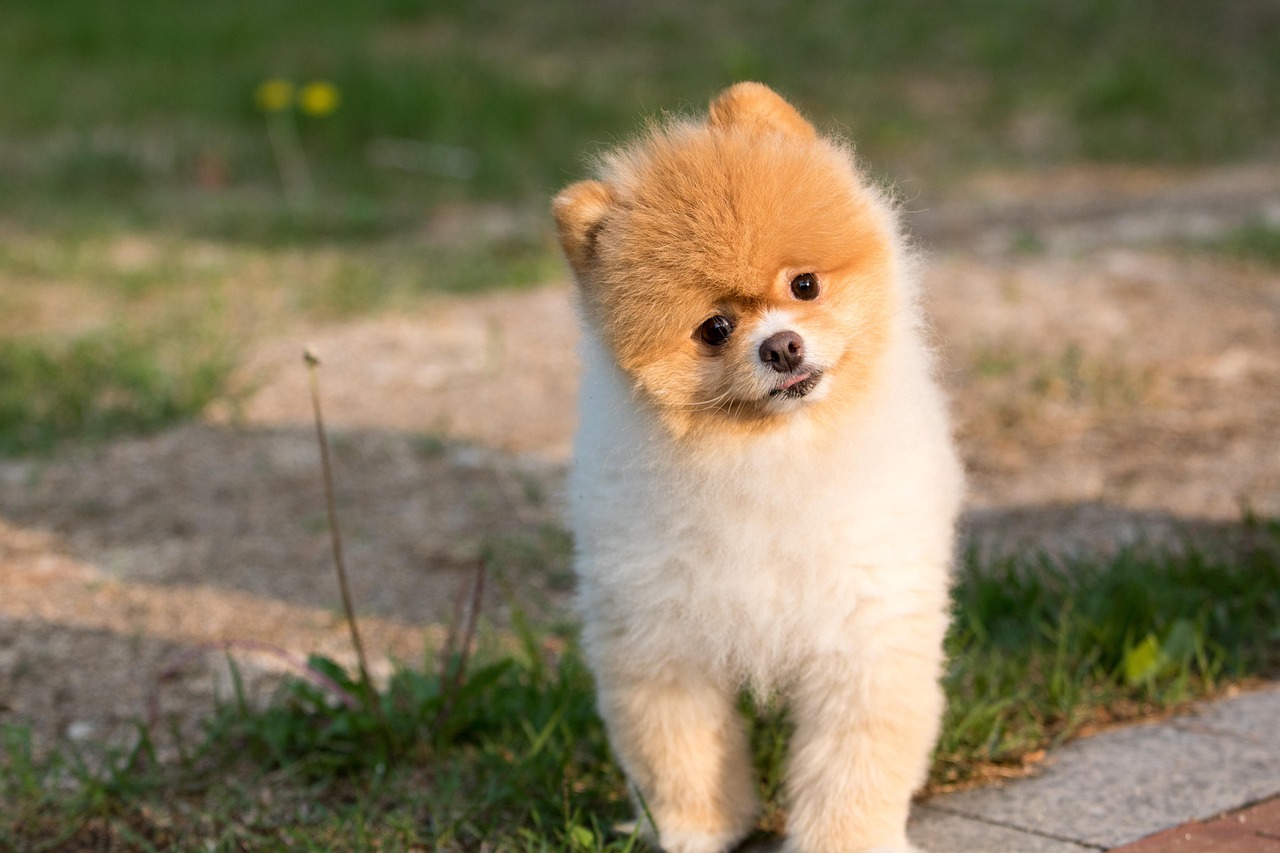
If a dog is staring aggressively, look for other signs like growling, baring teeth, or body stiffening, and if these signs are present, avoid direct eye contact and slowly back away. Not all staring is affectionate – context matters enormously.
A hard stare where the dog gazes intently without breaking focus, with a tense and stiff face where you can see the whites of their eyes, is often a sign that a dog is getting ready to fight, snap, or bite.
Dogs displaying aggressive stares may also show “whale eye” where you can see the whites of their eyes, and if you see these signals, children are taught to “be a tree” and remain still. If a dog looks at you with a hard stare, it’s important not to stare back as they may perceive that as a threat.
Healthy, affectionate staring looks completely different – your dog’s body will be relaxed, their tail might be gently wagging, and their expression will be soft and loving rather than intense and threatening.
The Bonding Hormone Connection
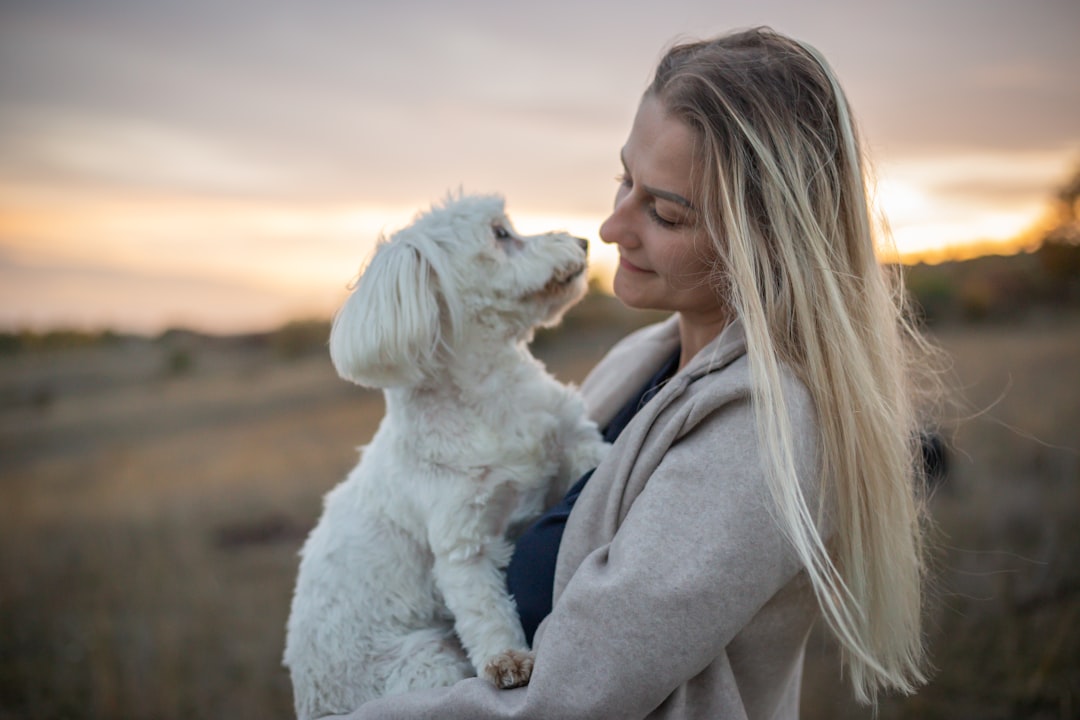
Studies show that when dogs and humans interact positively, both partners exhibit a surge in oxytocin, though it’s unclear if this occurs between any dog and human or is specific to bonded dog-owner pairs. This chemical reaction explains why those bedtime stares feel so meaningful.
The loving gaze helps strengthen the bond you share with your dog, creating an oxytocin feedback loop where when dogs stare at us, our love hormone levels increase, which increases dogs’ oxytocin in turn. It’s literally a cycle of love happening in real time.
Research shows that female dogs given oxytocin gazed at their guardians longer than those given a placebo, and even though humans weren’t given oxytocin, human oxytocin levels also increased after interacting with these female dogs.
Nighttime watching often indicates a strong emotional bond, demonstrating trust, attachment, and a desire to maintain proximity to their human family members even during rest periods. Your dog isn’t just looking at you – they’re chemically bonding with you.
When to Seek Help
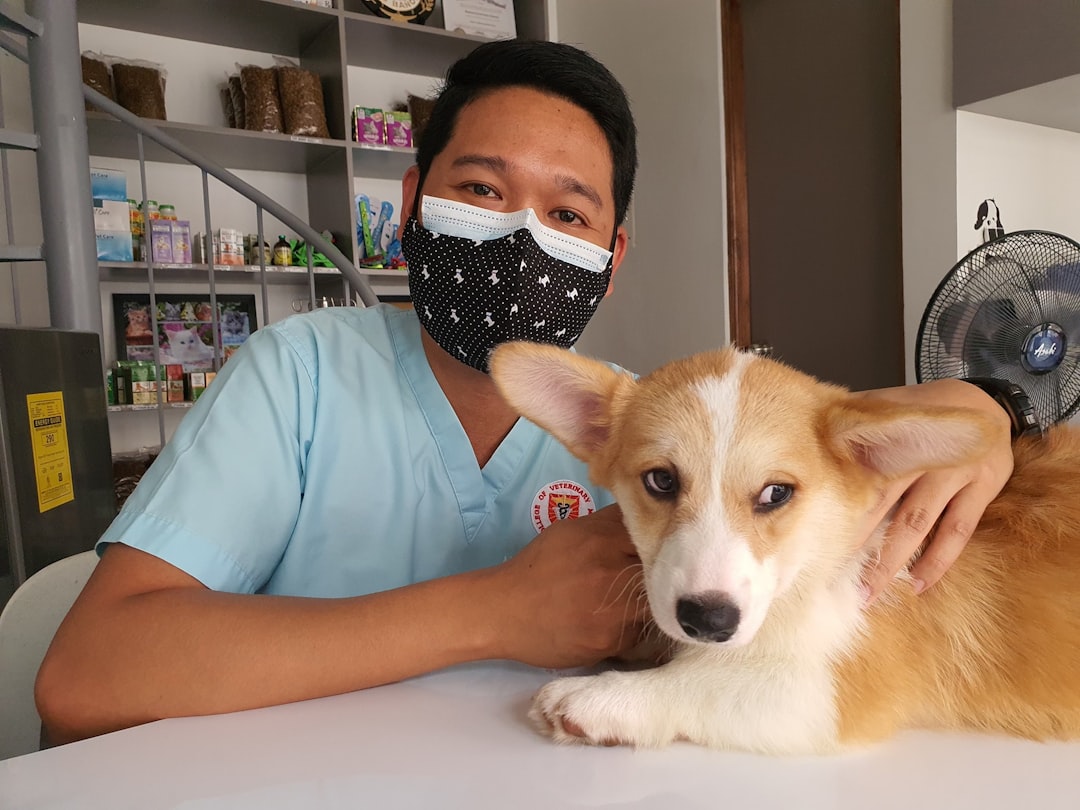
Most of the time there’s nothing to worry about if you wake up to find your pup staring, as they may simply be concerned, hungry, want attention, or need to go outside, and dogs don’t actually stare at you sleeping the entire night. However, certain patterns require attention.
If your dog struggles with nightmares regularly, it could signify depression or anxiety, which can be treated with medication and behavioral therapy, so if your dog seems more sad or stressed during the day, it’s worth consulting a veterinarian.
If you suspect separation anxiety, talk to your veterinarian who can refer you to a veterinary behaviorist, as severe cases may require anti-anxiety medication in addition to behavioral modification. Establishing a consistent bedtime routine and ensuring adequate exercise during the day can help, but if the behavior persists, consulting with a veterinarian or professional trainer is recommended.
Your dog’s staring behavior before sleep is usually a beautiful testament to the bond you share. Understanding why your dog watches you sleep can deepen your appreciation for the unique relationship with your pet, and while this behavior is typically normal and endearing, being attentive to changes in nighttime habits helps ensure continued well-being. Those midnight gazes aren’t creepy surveillance – they’re love letters written in the ancient language of oxytocin and evolutionary bonding. What do you think about it? Tell us in the comments.

Gargi from India has a Masters in History, and a Bachelor of Education. An animal lover, she is keen on crafting stories and creating content while pursuing a career in education.

